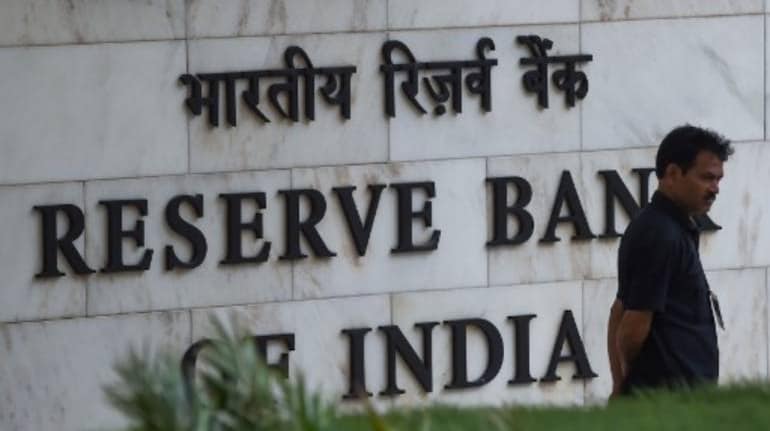



The liquidity in the banking system slipped into the deficit mode on August 22 for the first time this fiscal year to Rs 23,644.43 crore, according to the Reserve Bank of India (RBI) data.
Dealers attributed this to the temporary withdrawal of liquidity due to Incremental Cash Reserve Ratio (I-CRR) and outflows on account of goods and services tax (GST) outflows. According to the Bloomberg data, the banking system liquidity turned into deficit for the first time since March 26, 2023.
"The liquidity from the system drained because of major outflow of I-CRR and GST payout. We also seen lots of dollar sell and that also add pressure on current liquidity situation," said Umesh Kumar Tulsyan, managing director of Sovereign Global Markets, a New Delhi-based fund house.
On August 10, the central bank said that with effect from the fortnight beginning August 12, scheduled banks will have to maintain an I-CRR of 10 percent of the increase in their net demand and time liabilities (NDTL) between May 19 and July 28.
This narrowed the surplus liquidity by over Rs 1.42 lakh crore as on August 13. The outflow on account of I-CRR was broadly in line with estimates outlined by RBI Governor Shaktikanta Das and market players. At a press meet after the last Monetary Policy Committee (MPC) meeting, Das had said that the I-CRR will suck out about Rs 1 lakh crore. Liquidity narrowed due to heavy GST outflows and auctions.
Also read: Inflationary pressures may stay elevated in coming months, Fin Min warns
Expected outflowsAccording to a Kotak Mahindra Bank report of August 21, for the week from August 19 to 25, outflows worth Rs 1.50 lakh crore of GST was expected, and Rs 63,430 crore outflows on account of auctions of state loans, Treasury bills and governments securities.
On the other hand, inflows worth Rs 1.23 lakh crore were expected on account of coupon inflows, redemption of T-Bills and state loans, and government spending.
“Going ahead, we expect liquidity to slip into deficit, led mainly by heavy GST outflows and auctions offsetting inflows from CIC payback and government spending. Further, FX intervention to manage the INR depreciation could further weigh on liquidity,” Upasna Bhardwaj, Chief Economist at Kotak Mahindra Bank, said in a report.
Also read: A question of values: How Jio Financial Services stacks up against rivals
I-CRRThe central bank has announced the I-CRR with an aim to manage the excess surplus liquidity in the economy following the return of Rs 2,000 notes to the banking system (after they were withdrawn from circulation).
“This measure is intended to absorb the surplus liquidity generated by various factors, including the return of Rs 2,000 notes to the banking system,” Das said at the press conference on August 10.
In the last few months, liquidity in the banking system has risen sharply after the withdrawal of Rs 2,000 bills, the transfer of RBI’s surplus to the government, an uptick in government spending, and capital inflows.
Discover the latest Business News, Sensex, and Nifty updates. Obtain Personal Finance insights, tax queries, and expert opinions on Moneycontrol or download the Moneycontrol App to stay updated!
Find the best of Al News in one place, specially curated for you every weekend.
Stay on top of the latest tech trends and biggest startup news.